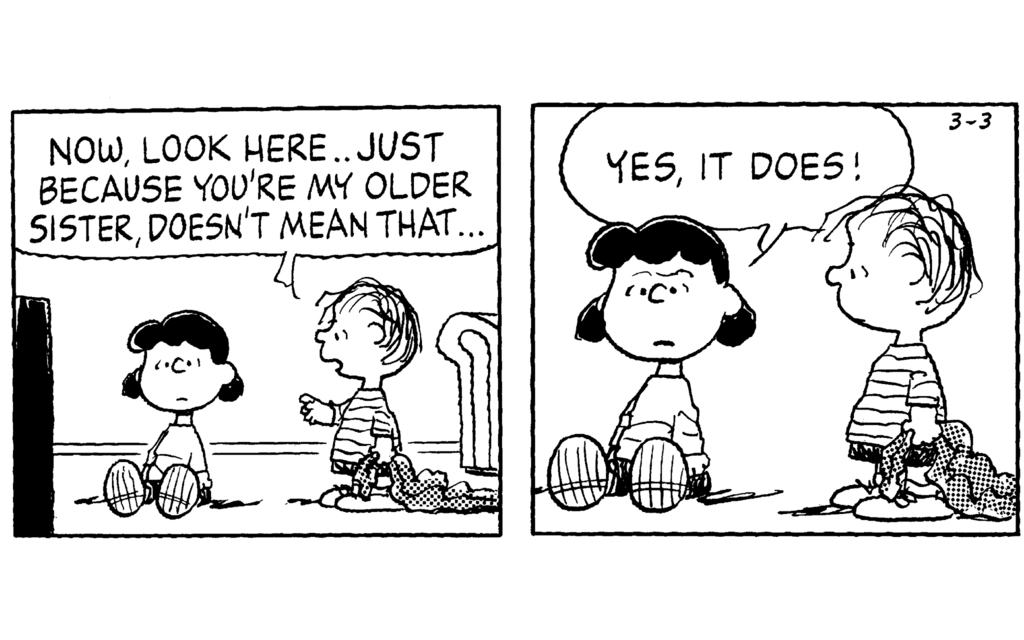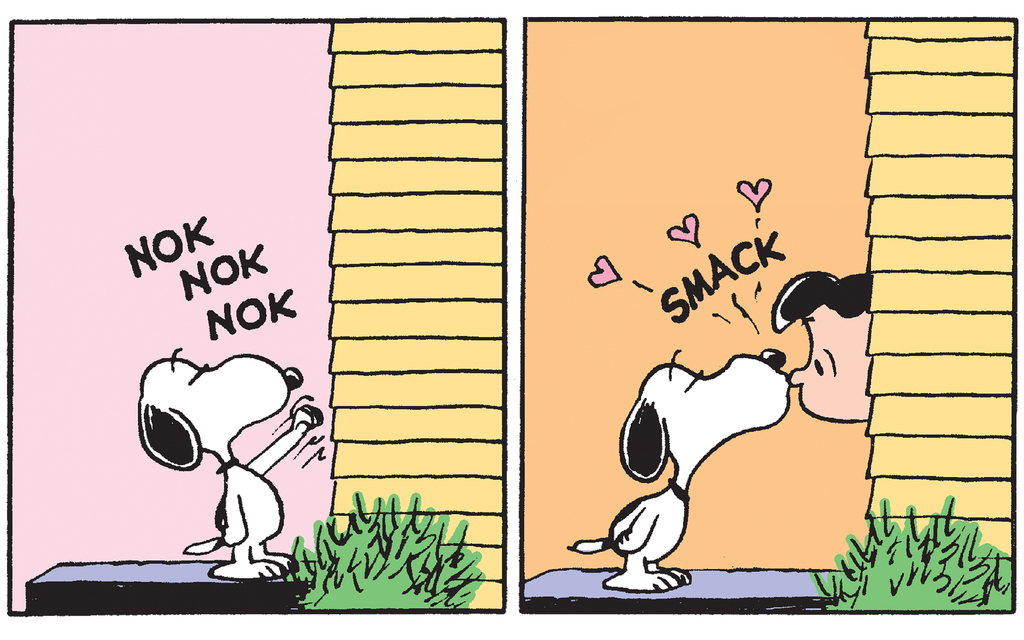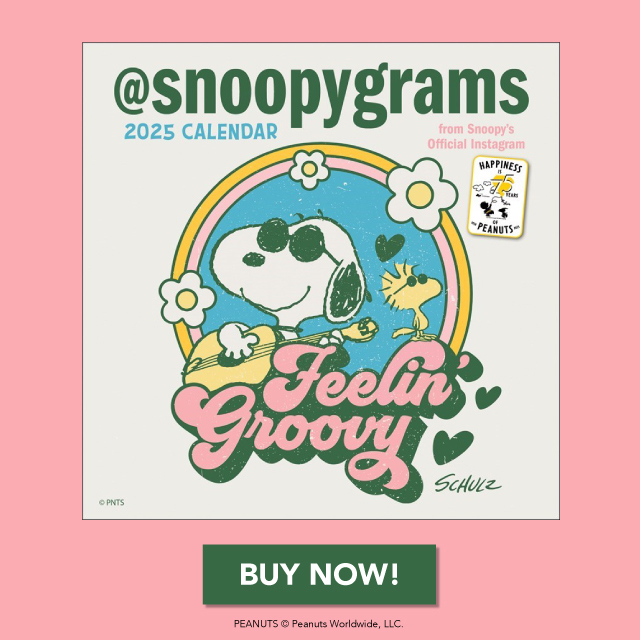Peanuts by Charles Schulz for March 19, 1988
Transcript:
Snoopy stands in front of the mailbox and reads a letter. He thinks "'Dear Contributor, Thank you for letting us read your autobiography . .'"<BR><BR> Snoopy walks and reads, "'It's the worst book we have ever read . . If you didn't live so far away, we'd come and throw rocks at your mailbox.'"<BR><BR> The Literary Ace sits on his doghouse and throws the letter away. He thinks, "Another form rejection slip!"<BR><BR>












HeatherMcCrillis about 7 years ago
“Enc: One rock.”
phoenixnyc over 2 years ago
“This is not a novel to be thrown aside lightly. It should be thrown with great force.”—Dorothy Parker
alien011 9 days ago
Probably the worst book ever was actually an autobiography, written by near-illiterate businessman Timothy Dexter in the early 19th century. After the US war for independence he got extremely rich mainly by accident. He followed mulitple very bad business advices and was always extremely lucky. One time one of his business rivals managed to convince him to ship bed warmers into the Carribean. His captain then managed to then sell these bed warmers to the local suggar industry, who used them as melasses pans. Another time he shipped coal from the US to the british city of Newcastle, who at the time was the largest coal producer of the world (there was a saying at the time that something was “as useless as selling coal to Newcastle”, but Timothy didn’t understand that). By pure chance his ships arrived in Newcastle during a miner’s strike, when coal prices had temporarily skyrocketed and he was able to sell the coal for a fortune. Later in his life he wrote said autobiography, still barely able to read or write himself, and the result was quite as expected. It was barely readable, because his words and a lot of his sentences made no sense and he didn’t use punctuation marks at all. Which also lead to one of the biggest troll moments pre-internet, because when his editors got letters of complaint about the missing punctuation marks, he released a second edition of his book (there were six or eight editions, some released in the mid-20th century), where he added an addendum with nothing but various punctuation marks and instructions to the reader to add said marks where they thought they belonged.